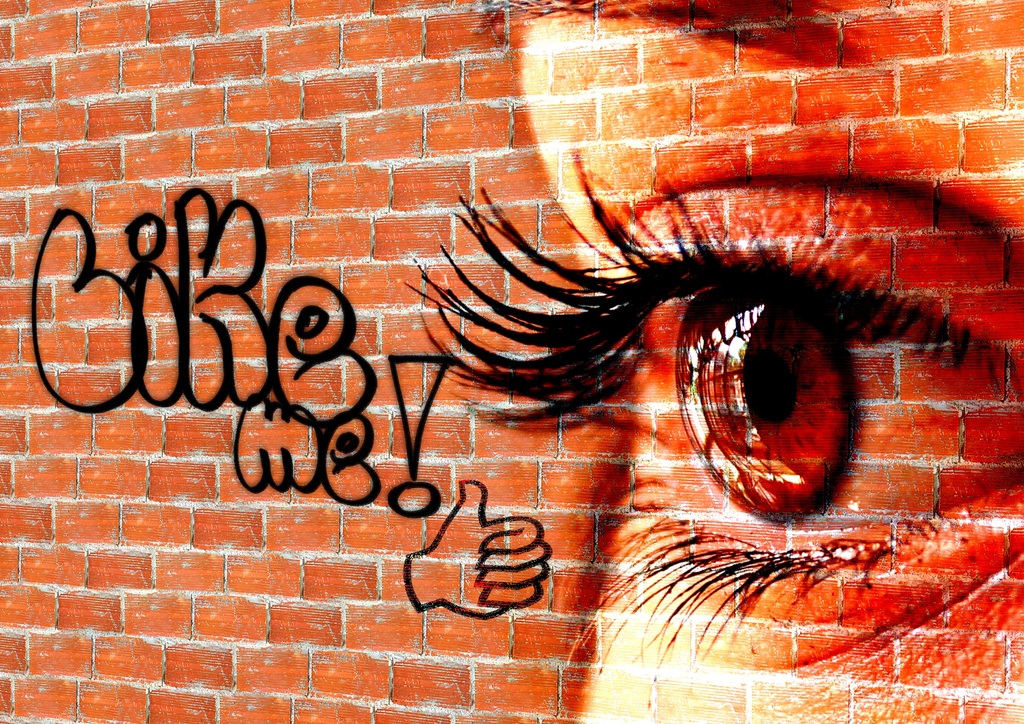
Since the COVID-19 pandemic the internet and social media have become an even more essential part of our everyday lives – especially for students. Unfortunately there are dangers online that are difficult to detect. Human trafficking in this day and age often takes place on social media. It is therefore even more important that people know about the strategies that criminals use online and to be careful what one makes public about oneself online.
FACEBOOK IS MOST POPULAR WITH TRAFFICKERS
In the US, human trafficking has been a crime for around 20 years. Since then the way these criminals operate has significantly changed. CBS News reported recently that 30% of all people that are being trafficked are being lured in online, 69% of those via social networks. If fact, 59% of human trafficking is conducted via Facebook and second and third most prominent are Instagram and Snapchat respectively. 53% of the victims are children and 44% are women. Often victims are forced into prostitution but sometimes trade in domestic helpers also occurs. Social media is not just a place that traffickers use for business, but also to connect amongst themselves. Platforms are used to contact potential customers and buyers once this has been done, deals are put together and done on the platforms.
THE ANONYMITY OF THE INTERNET

The intense contact via social media often means that it is not necessary for trafficker and victim to meet in person. A report from 2018 shows that only 58% of victims knew their trafficker in person and in 42% of cases the crimes occurred exclusively via the internet. When meeting a person face to face people can often better read their counterparts and interpret their body language. Oftentime alarm bells will go off at an in person meeting and people will not trust traffickers. If communication happens exclusively online, the unknown person who seems so reliable and empathetic can seem too good to be true. Said simply: social media helps to obscure clues that would usually make us aware of a potentially dangerous person. A further aspect to consider – when the criminal has never met the person it makes the mental hurdle to commit the crime smaller.
HOW DO TRAFFICKERS FIND THEIR VICTIMS ON SOCIAL MEDIA
How do traffickers actually work on social media? They often exploit weaknesses that the victims may have. For instance they might look for girls that post about their very private struggles on platforms. This shows that criminal that they are likely emotionally unstable and likely do not get much support from their family and/or friends. In addition to this having a public profile might show criminals that the girl’s parents are not very involved in their lives. The University of Toledo conducted a study that shows concrete examples of which types of posts make children and adolescents vulnerable online and how traffickers contact them.
ON THE HUNT FOR WEAKNESSES
In general it is advised that one should not say too much about one’s own feelings. For example:
“No one understands me”
“I am so sick of being single”
“I am so ugly”
In posts like these signs are given off that there may be an unstable home or psychological issues. The target groups are mostly girls and young women.
CLEVER APPROACH AND EMPTY PROMISES

Often the beginning are just harmless compliments. Messages are exchanged and trust is established. With the Loverboy method, which we have detailed in another article, the aim is that the girls fall in love with the con man. In the end they are forced into prostitution by the person they think is thier dream man. In other cases there are promises of lucrative jobs that turn out to be prostitution.
Answers from these criminals can be along the lines of:
“I understand you”
“I think you are beautiful. Love your body”
“I will make your life better”
Usually a first contact is made via Facebook and then the girls are convinced to use a different platform. “Surely you do not want your parents to see what we are talking about” – Using clever tricks, victims are convinced to use other platforms that are harder to monitor. Those that are recruiting children and adolescents often get them to send compromising pictures and then use these to blackmail the victims.
HOW ARE SOCIAL MEDIA PLATFORMS COMBATING TRAFFICKING?
Facebook said to CBS that they are already doing a lot to protect minors. They say that they delete objectionable content quickly and work together with non-profits that combat trafficking. They also use technologies to automatically filter and restrict suspicious activity. Even if it is true that these companies are doing a lot, the problem is that the criminals use these platforms to make an initial approach and then move to other platforms where there is less scrutiny. In addition to this software is made to restrict the use of certain terminology however traffickers know this and use other phrases.
WHAT CAN WE DO?

It is important to show young people how dangerous it can be to share excessive private information online. Using a facebook timeline like a diary can feel good if you are looking for encouraging words or advice but many do not realise that this makes them vulnerable. Celia Williams, a social work professor at the University of Toledo highlights that it is important to educate parents, teachers and girls about this online danger or traffickers. With this work we can all help less people to become victims of modern slavery. So let’s speak to our sons, daughters, brothers, sisters, cousins and other daily and friends about this and help to build knowledge. In addition to this we need policymakers to make sure that this preventative work with teaching about online life is also done in schools.
